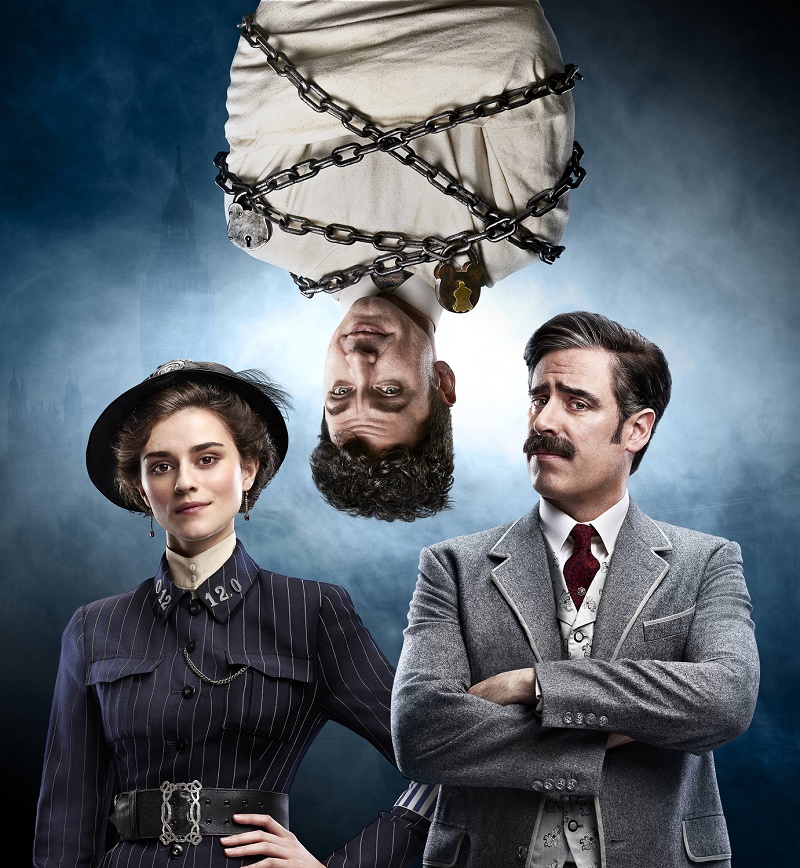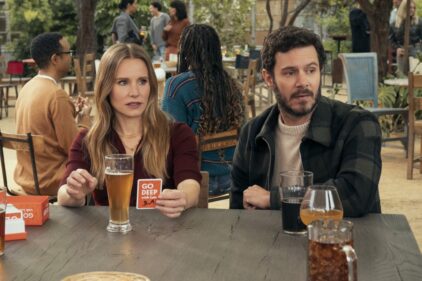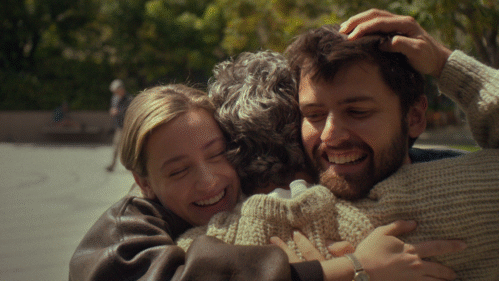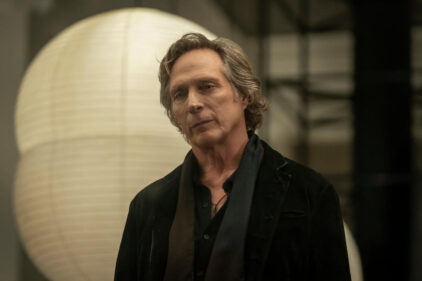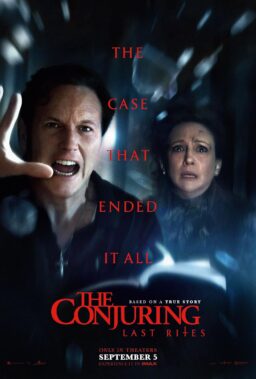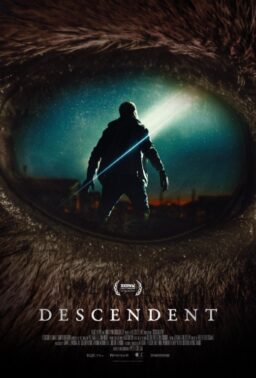The mystery series is defined by the buddy formula, whether
it’s Mulder & Scully on “The X-Files,” Castle & Beckett on “Castle,”
Maddie & David on “Moonlighting,” or dozens of others. There’s something intrinsically
interesting about watching two people approach a case from different angles,
coming to the same conclusion. For these shows to work, the leads need to have
rock-solid chemistry, the banter needs to be witty, and the mysteries need to
have a little bit of edge. The latest effort in the buddy-mystery genre takes
the concept and marries it to a more recently successful trend—the resurgence
of real-life historical figures in fiction.
For FOX’s “Houdini & Doyle” (premiering May 2, 9/8c), it makes sense that someone would
try to turn Arthur Conan Doyle into a TV character again, given that
his creation Sherlock Holmes is bigger than ever with “Sherlock” and “Elementary” earning
legions of fans. And we’ve never grown tired of Harry Houdini’s remarkable
feats (Adrien Brody played him in a movie less than two years ago). The fact that
Houdini and Doyle knew each other, added to the fact that they regularly
debated the existence of the afterlife and spirituality makes this one of those
shows for which one thinks, “How did this not happen earlier?”
There may be some answers to that question in the final
result, a premiere with some intriguing elements that don’t quite come together
to form an intriguing show. Most viewers will come to “Houdini & Doyle”
with historical expectations of a masterful performer and brilliant writer. We
already have impressions of these people, and the FOX version of them often
feels flat and disappointing compared to their legends. Were “Houdini &
Doyle” just about two guys solving crimes at the turn of the century, it might
actually work better. As is, it feels like a footnote to very long stories
which we have already read.
Essentially, Doyle is the Mulder to Houdini’s Scully on
“Houdini & Doyle.” The man who imagined Sherlock Holmes (played by Stephen Mangan) wants to believe in
something greater than human existence, in no small part because his sick wife
hovers near death and he wants to either save her or believe that she has
another journey ahead of her. Michael Weston’s Houdini, on the other hand, knows how to see the
wires in a magician’s act, calling faith healers frauds and demeaning mediums
as scam artists. In the first episode, a nun finds her superior murdered and
claims she saw a ghost flee the scene. It’s interesting how Doyle and Houdini
(and a third investigator played by Rebecca Liddiard as Constable Adelaide
Stratton) both solve the case from very different vantage points, but that’s
about all “Houdini & Doyle” has to offer.
There are decent performances buried in “Houdini &
Doyle” (especially the always-good Weston) and the design values aren’t bad for
network TV, but the writing isn’t memorable enough for the program to stand out
in an increasingly-crowded landscape. We have other shows that use history as
jumping-off points for new mysteries. We have multiple iterations of
“Sherlock.” And we have dozens of duo crime solvers. Unlike the figures who
give it a name, “Houdini & Doyle” never stands out from the crowd.

